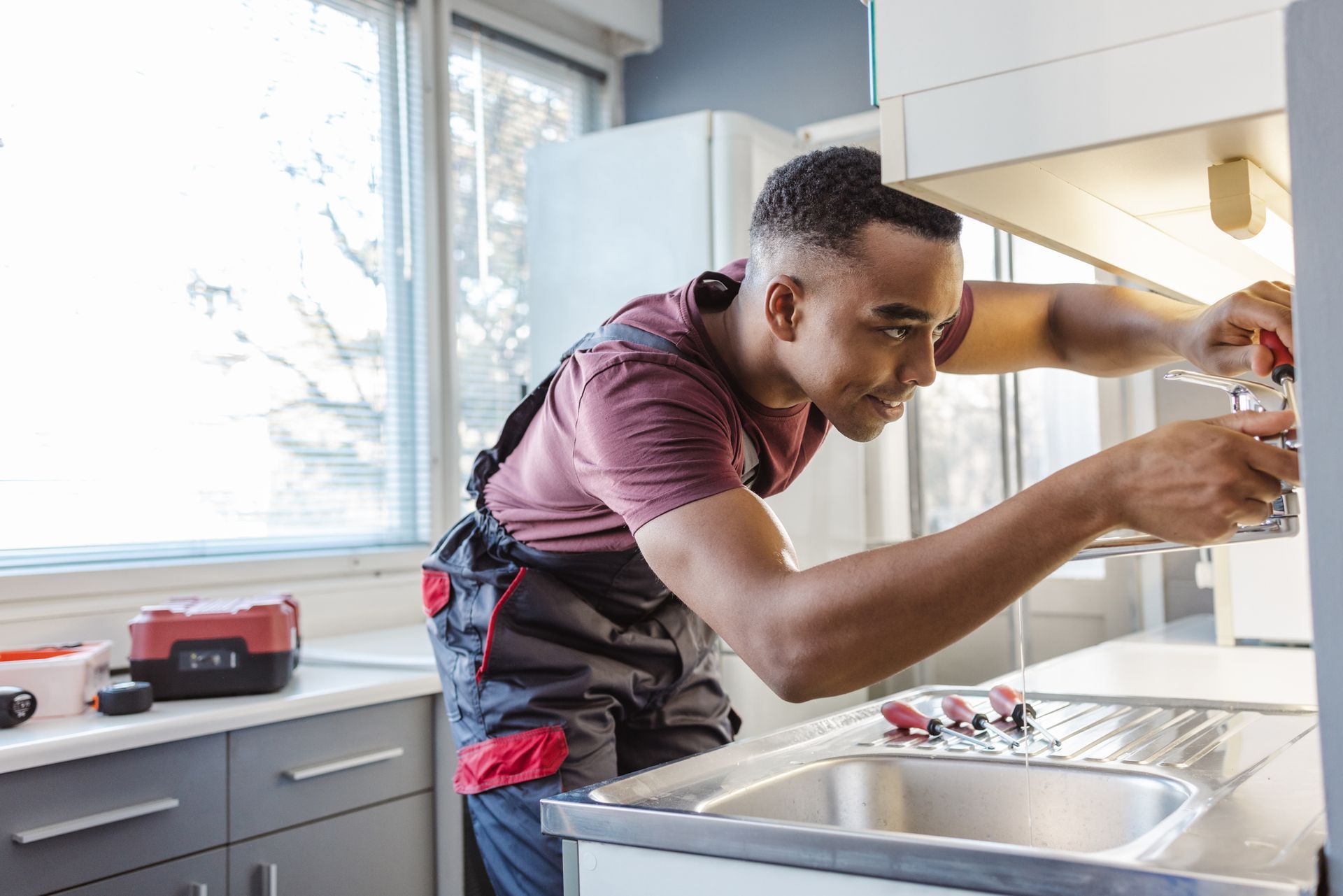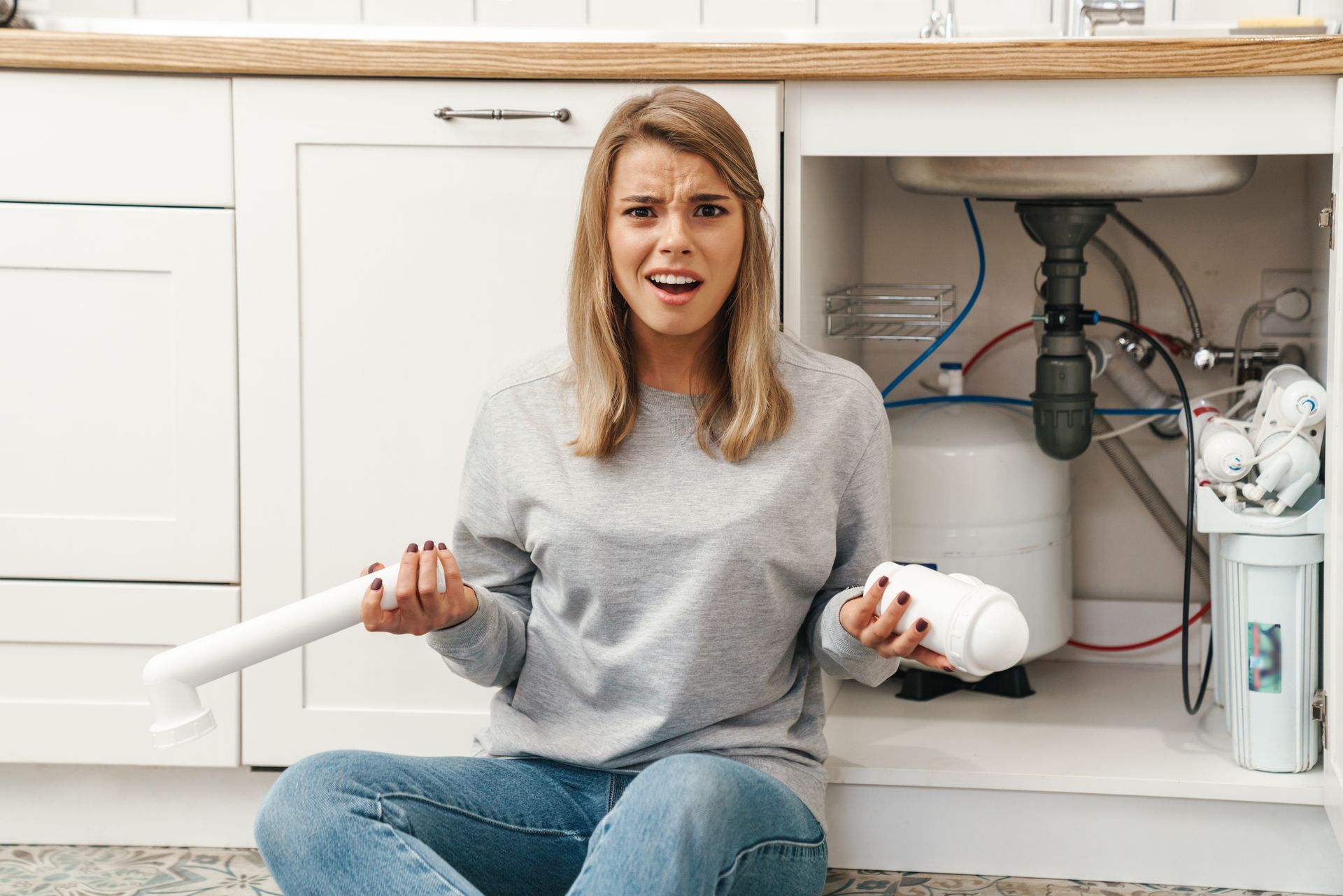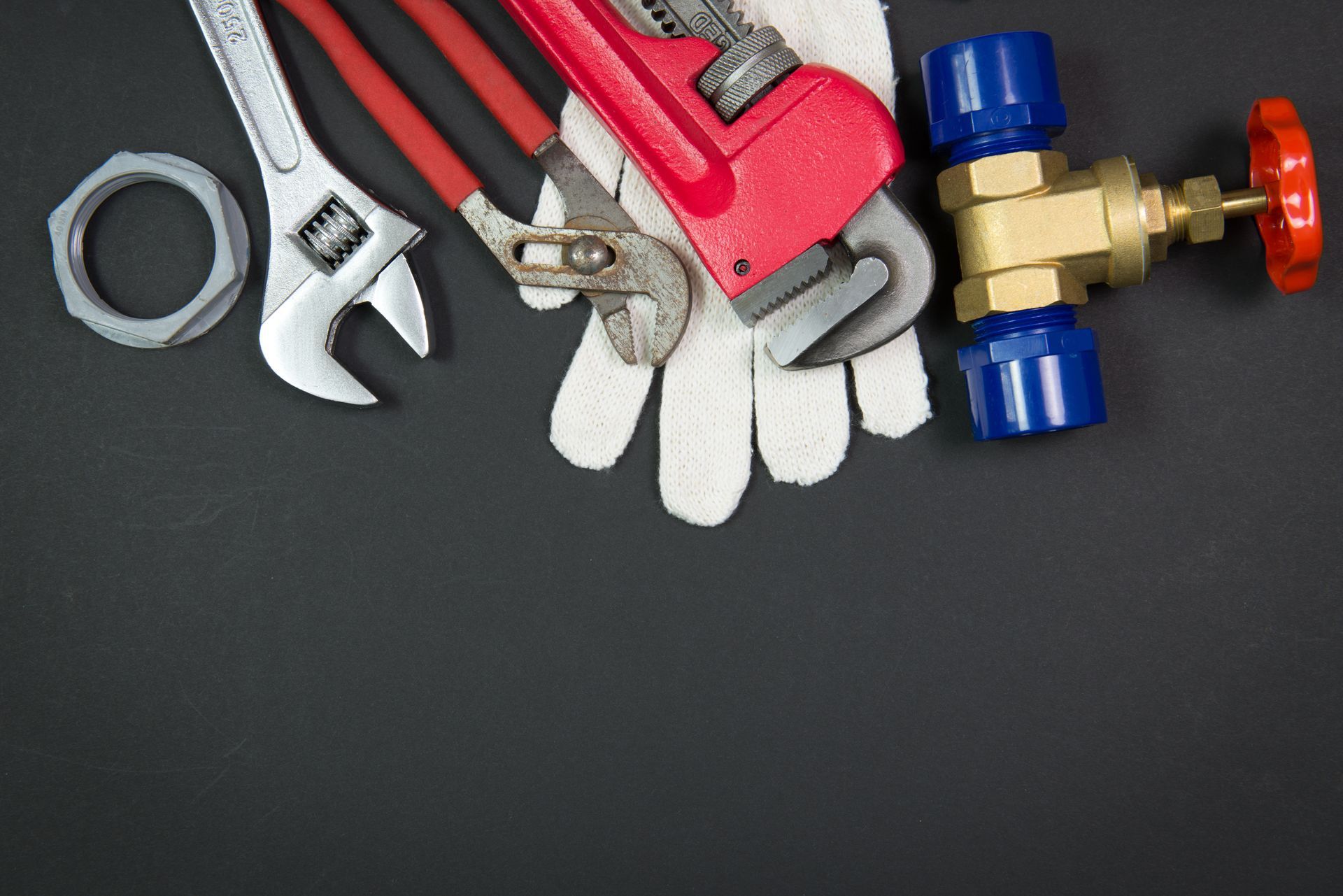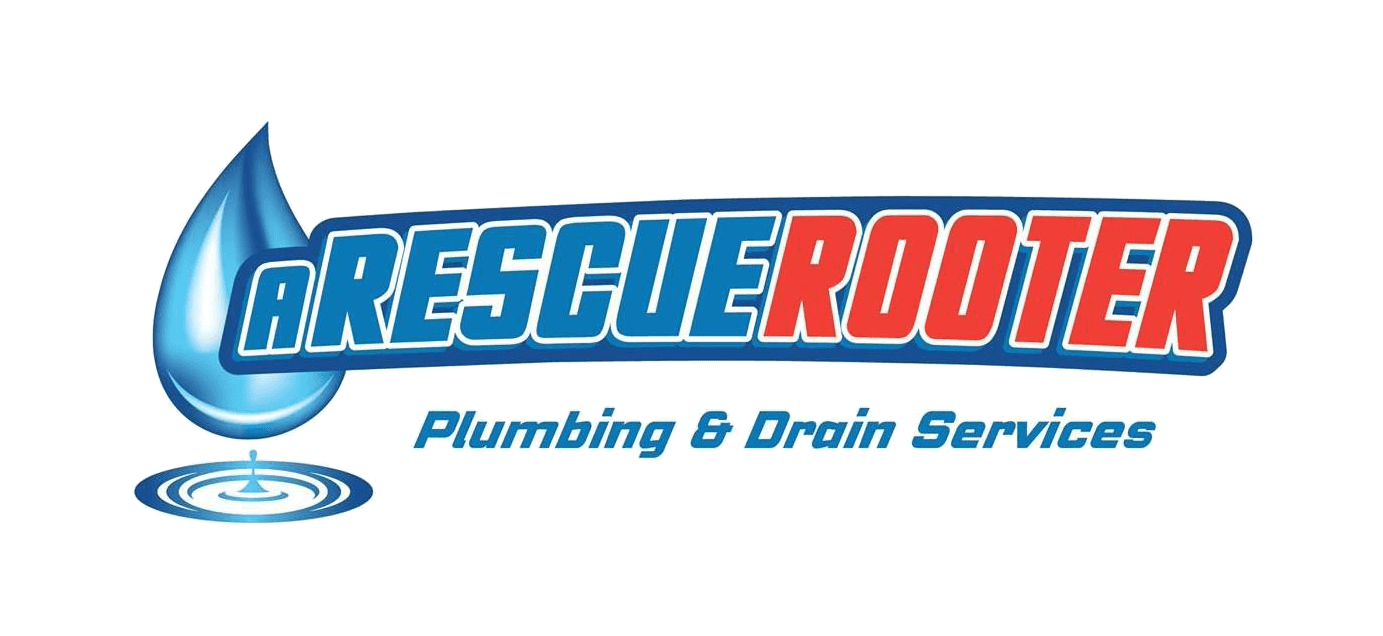Why is My Double Kitchen Sink Backing Up to the Other Side ?
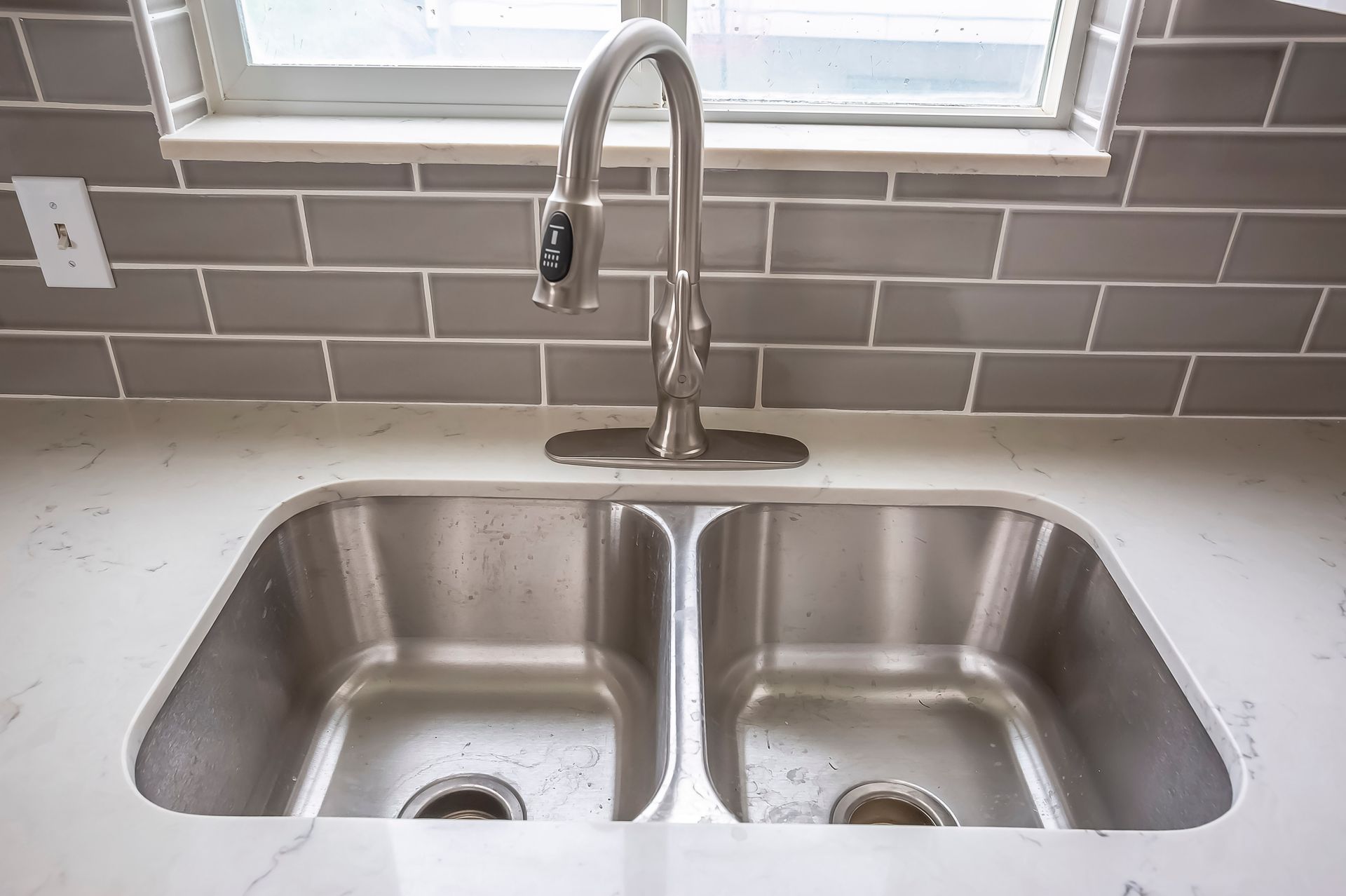
Are you dealing with a double sink in your kitchen that bubbles from one side to the other? This is a frequent event for property owners and can often be an extremely frustrating issue to deal with.
Fear not - it's not as complex as it appears to be! In this blog post, we'll break down what could be causing your double kitchen sink to back up on one side and how you can tackle the problem yourself. With some basic tools and our handy guide, you'll have your double kitchen sink running smoothly again.
Understanding the basics of a double kitchen sink
A double kitchen sink can be a game-changer in a busy household. If you've never had one before, it's worth understanding the basics of how it works.
Essentially, a double kitchen sink is two separate basins that sit side-by-side on the countertop. You can use one side for washing and the other for rinsing. Conversely, you could designate one side for dishwashing and the other for food preparation. The options are limitless!
Plus, with two drains, you'll experience fewer clogs and backups in the pipes. If you desire a better kitchen or a more efficient setup, a double kitchen sink could be what you need.
What causes a double kitchen sink to back up on one side
Nothing is worse than discovering a backed-up kitchen sink. But did you ever experience only one side of your double sink getting clogged? Not only is it frustrating, but it can also be confusing to understand why it may be happening.
A clog in the trap or drain pipe of a double kitchen sink can cause a backup on one side. Another culprit could be an issue with the garbage disposal, such as a jam or damaged components. Find the reason for the backup to fix it correctly. If necessary, get help from a Hamilton plumber such as Rescue Rooter.
Signs that your kitchen sink is clogged
If you've ever experienced a clogged kitchen sink, you know how frustrating it can be. Standing water in your sink is not good. It can cause more plumbing issues if not fixed quickly.
Signs that your kitchen sink is clogged may include slow-draining water, a gurgling noise coming from the drain, or a foul odour. If you notice any of these symptoms, it's time to call in the experts. And for plumbing needs, you can trust the professionals at Rescue Rooter. Don't delay until the last moment, contact them immediately at the initial indication of a problem.
DIY solutions for fixing a clogged double kitchen sink
Dealing with a clogged double kitchen sink can be a nightmare for any homeowner. Fortunately, there are a few DIY solutions you can try before calling in professional help. One option is to use a plunger to remove any blockages by creating suction. Another is to pour a mixture of baking soda and vinegar down the drain to dissolve any buildup.
However, if these methods fail to do the trick, it may be time to hire a Hamilton plumber. They can quickly find and repair the problem with your kitchen sink using their skills and equipment. Don't let a clogged sink disrupt your daily routine, act today. Call a plumbing expert today!
How can you prevent a double kitchen sink from backing up again in the future?
A backed-up kitchen sink is not only a nuisance but also a major inconvenience. While it's possible to fix it once, it's even better to prevent it from happening again in the future. To avoid a double kitchen sink from backing up, there are a few things you can do.
First, make sure to never pour grease or oil into the sink as it can solidify and clog the pipes. Second, use a drain strainer to catch any food particles or debris. Third, make sure not to put anything down the sink that cannot easily break down.
Lastly, regularly flush the pipes with hot water and baking soda or vinegar to clear out any buildup. Follow these simple rules to keep your kitchen sink clear of clogs in the coming years.
When should you call a professional Hamilton Plumber to fix the issue
With plumbing issues, it can be tempting to try and fix everything yourself. However, there are some situations where it's best to leave it to the professionals. If you see leaks, overflowing toilets, or dirty drains or tough clogs, it's time to hire experts for drain cleaning in Hamilton.
To avoid further damage or wasting time, it is better to contact a reliable Hamilton plumber like Rescue Rooter. They can quickly and efficiently find and fix the problem to ensure they do your plumbing repairs fast. Call the professionals now for excellent plumbing services and let them handle everything before the problem gets worse.
Every homeowner should understand what a double kitchen sink is. They should also know how to identify and resolve any issues that may arise with it. Kitchen sink clogs happen more than you think, but there are DIY and professional ways to fix them.
The best way to keep a double kitchen sink running smoothly is through regular cleaning and maintenance. If the DIY solution doesn't work or the problem continues, it's smart to call a professional residential plumbing company.
Make sure to reach out to Rescue Rooter today—your trusted monthly plumbers in Hamilton. They can help ensure your kitchen sink remains clog-free and runs efficiently all year long!
